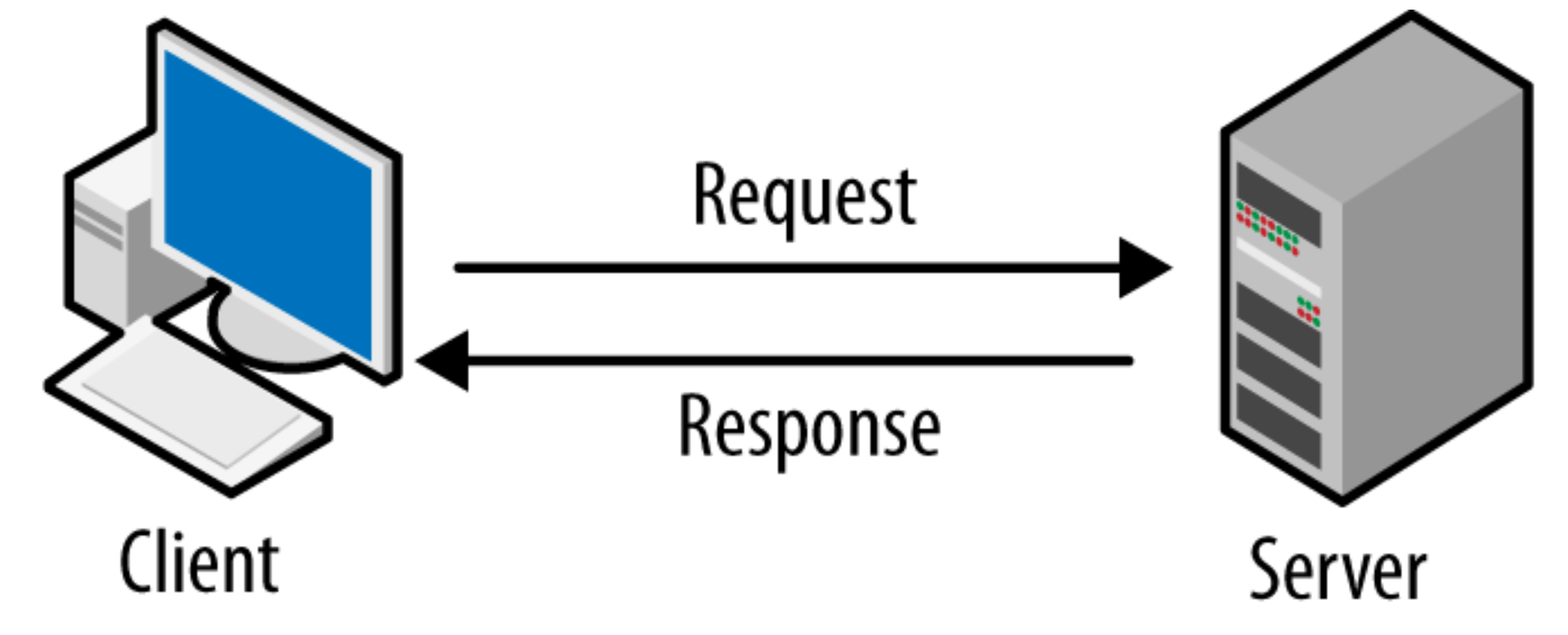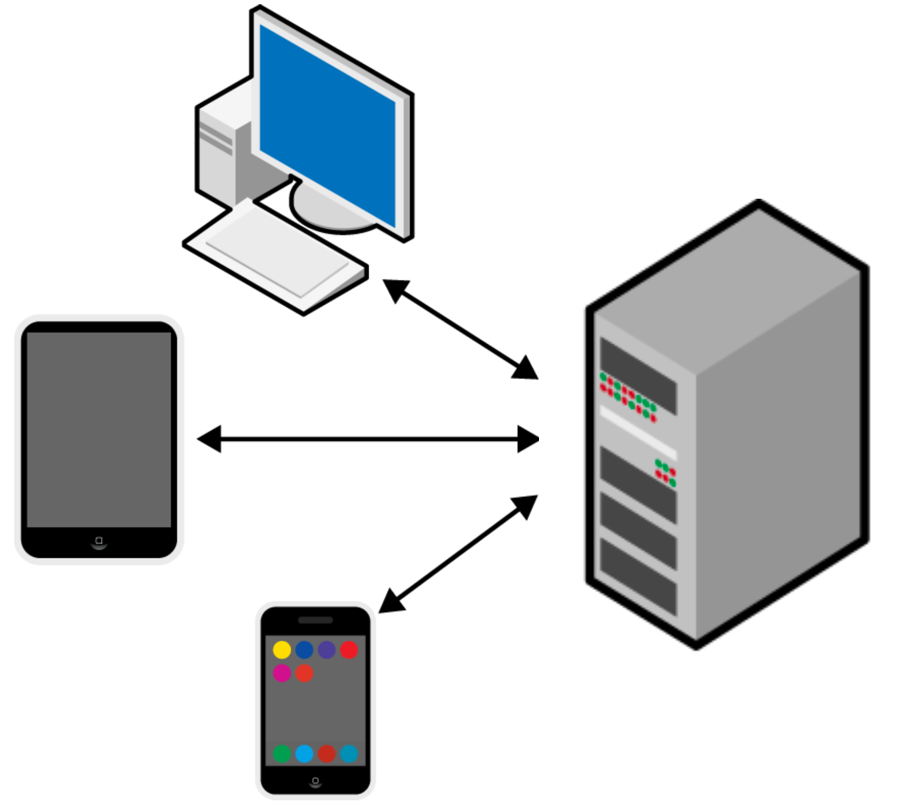API
It's time to work with the SIS API but first, we must talk about what we mean by "API".
An application programming interface (API) generally refers to a software intermediary that allows two applications to talk to each other.
We are using the term API in the context of a client-server software architecture.
Client-Server Application
A client-server is a popular software design architecture which, at an abstract level, breaks down a software into two parts: client-side and server-side.

-
The client-side (or simply, client) is the application that runs on the end-user computer; it provides a user-interface (UI) that handles what the application feels and looks like and how it interacts with end-user. It may employ and consume resources on the user's machine (computing device) such as temporary and local storage, etc.
-
The server-side (or simply, server) is the application that receives requests from the clients, and contains the logic to send the appropriate data back to the client. Instead of user-interface, the server usually has an application programming interface (API). Moreover, the server often includes a database, which will persistently store all of the data for the application.
As long as your software application adheres to the client-server architecture (i.e. a client can send and receive data to an API on a server) you are free to build whatever user interface you want on whatever platform you want. This is advantageous as modern software application are expected to be available across multiple platforms and provide a consistent experience across devices.

Let’s make all of this a bit more concrete, by following an example of the main steps that happen when you access your grades on JHU's Student Information System (SIS).